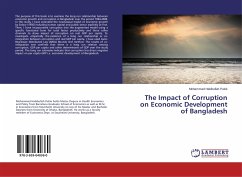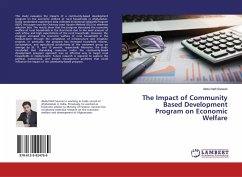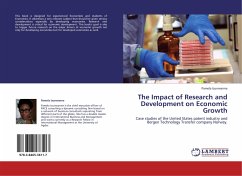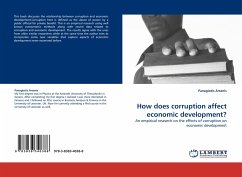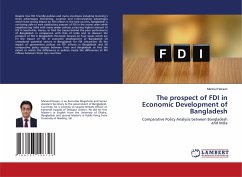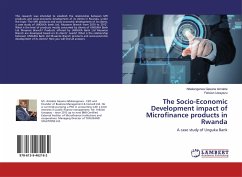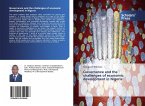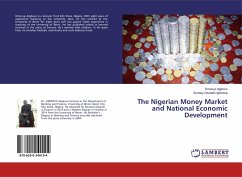The purpose of this book is to examine the long run relationship between economic growth and corruption in Bangladesh over the period 1984-2008. In this study, I have extended the neoclassical model of economic growth by Solow (1956) including human capital and public sector explicitly at first. Then, I have incorporated corruption into the augmented model using a specific functional form for total factor productivity and three other channels to show impact of corruption on real GDP per capita. To investigate empirically the existence of a long run relationship or co-integration between corruption and real GDP per capita, I have used Auto-Regressive Distributed Lag (ARDL) Bounds Test method. The results of co-integration test confirms that there is a long run relation among corruption, GDP per capita and other determinants of GDP over the study period. The long run estimates indicate that corruption has direct negative impact on per capita GDP i.e. economic development of Bangladesh.

